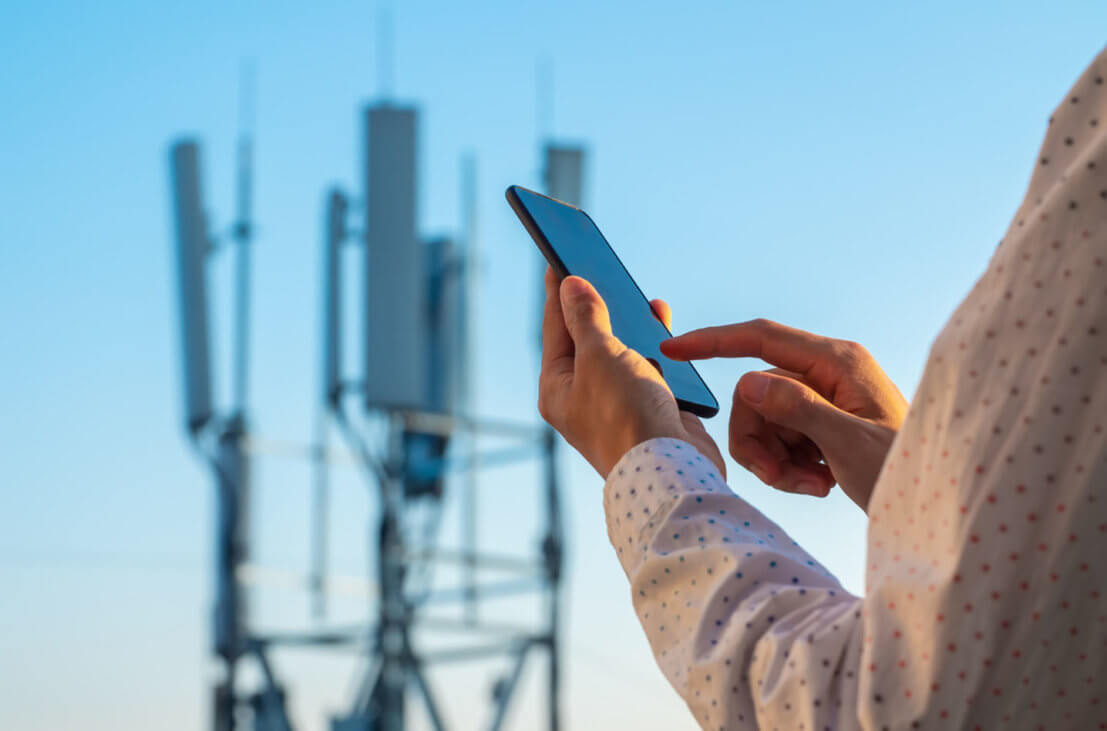
The 5G Deployment: What You Should Know, What You Should Do
For well over a decade, the aviation industry has raised concerns about the rollout of advanced wireless networks utilizing frequency spectrum adjacent to bandwidth used by aviation equipment. Throughout this process, NBAA has been an active party in discussions with regulators and industry stakeholders to determine suitable mitigations that would enable such networks to safely coexist with critical aviation systems.
In 2011, NBAA joined with other aviation stakeholders in raising questions about demonstrated interference to GPS signals from a proposed 4G LTE telecommunications network. These efforts ultimately led to the FCC revoking its conditional approval for that network and influenced changes to subsequent planned LTE deployments. Review NBAA’s information on LightSquared GPS interference.
5G Rollout Raises New Interference Concerns
Aviation stakeholders, including NBAA, first raised concerns in 2015 about potential 5G telecommunications networks operating from 3.7-3.98 gigahertz (GHz), within a range commonly referred to as the C-band and in close proximity to frequencies utilized by radar altimeters, a critical piece of safety equipment in commercial airliners and many business aircraft.
These groups proposed limiting frequency allocation for such networks to a lower spectrum between 3.2-3.7 GHz, farther distanced from radar altimeter signals. However, in December 2020, the Federal Communications Commission (FCC) auctioned off rights to the higher bandwidth range, which was subsequently awarded to Verizon and AT&T last February for use by their respective upcoming high-speed voice and data transmission networks.
Both providers initially planned to roll out their 5G networks, operating within 3.7-3.98 GHz, in late 2021, but later agreed to delay that date to the first week in January 2022. The intended date for full nationwide deployment of the networks was Wednesday, Jan. 5. However, as the date approached, aviation stakeholders, including NBAA, lawmakers and top officials with the FAA and DOT weighed in with concerns about the potential for the networks’ signals to interfere with radar altimeters and other key safety technologies aboard fixed-wing and rotary-wing aircraft.
On Jan. 4, Verizon and AT&T voluntarily agreed to another delay, until Jan. 19, for the deployment of C-Band 5G services. The companies further agreed to provide “protection zone” mitigations in active service areas for six months, and on Jan. 18 both providers said they would temporarily delay transmitter deployments near certain airports for an unspecified period in response to growing concerns throughout the aviation industry about radar altimeter interference.
What’s Next?
With the activation of 5G networks now underway, NBAA is committed to providing members with the latest information on potential effects to critical aviation operations. Review the most common member questions received by the association about the 5G deployment, along with the answers available at this time.


 International Business Aviation Council Ltd.
International Business Aviation Council Ltd.